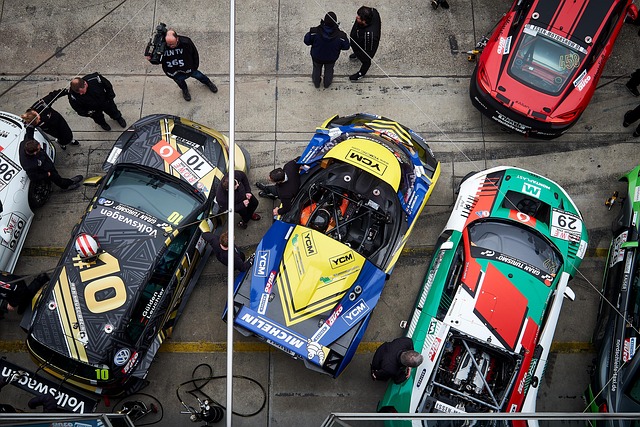The world of eSports has undergone a seismic shift in recent years, primarily driven by the rise of collaborative environments. These interactive and supportive settings redefine how teams operate, strategize, and ultimately succeed in the competitive gaming landscape. The essence of teamwork, which can make or break a team in high-stakes tournaments, thrives in environments where collaboration is emphasized.
Collaboration in gaming isn’t just a trend; it’s a necessity. Traditional gaming setups often portrayed players as solitary warriors fighting their way to victory. However, as eSports has evolved, so has the understanding that success hinges not only on individual skill, but on the strength of the team dynamic. In the heat of competition, players must rely on one another’s abilities, communicate effectively, and develop a shared vision of victory. This transformation has sparked a culture where collaborative environments are prioritized, creating a space where players can thrive together.
Many eSports organizations are now investing in state-of-the-art training facilities designed to foster collaborative environments. These spaces are equipped with technology that allows for real-time strategy discussions, practice sessions that simulate high-pressure scenarios, and comfortable areas for relaxation where team bonding can occur. By emphasizing collaboration, teams are not only improving their gameplay but also building strong interpersonal relationships that enhance their performance.
Furthermore, the rise of streaming and online platforms has taken collaboration a step further. Gamers can now connect with peers across the globe, share strategies, and even practice together through virtual means. This connectivity strengthens the sense of community, encouraging players to support one another and learn from each other’s experiences. As players engage in discussions and share their insights, the collaborative environment further blossoms, creating a rich tapestry of shared knowledge and skills.
Moreover, the collaborative environment extends beyond just player interactions. Coaches, analysts, and support staff play an essential role in creating a cohesive unit. With a focus on teamwork, these professionals guide players in both gameplay strategies and mental preparation. The bonds formed through collective effort not only enhance performance on the field but also contribute to personal growth. Players become more resilient, adaptable, and skilled in navigating the complexities of team dynamics.
In terms of how these collaborative environments affect gameplay, the impact is profound. Teams that embrace this approach often manifest improved synergy, enhanced communication, and strategic versatility. The result is a more fluid style of play that can outmaneuver opponents who may rely on individual talent. In a game where split-second decisions can determine victory or defeat, the ability to work seamlessly as a unit is invaluable.
As we look to the future of eSports, it’s clear that fostering a collaborative environment is not merely a buzzword but a pivotal approach that is reshaping the industry. Organizations that understand this will likely lead the charge towards a more inclusive and effective gaming culture. Players who thrive in such environments don’t just aim to win; they actively contribute to a larger narrative of collaboration, enhancing the community as a whole.
Ultimately, the essence of a collaborative environment in eSports goes beyond competition. It encapsulates the spirit of camaraderie, shared goals, and mutual respect. Whether as a player, a coach, or a fan, embracing this culture enriches the gaming experience and propels everyone involved toward greater heights. By revolutionizing teamwork, we are not only changing the game but also redefining what it means to be part of the eSports community.




